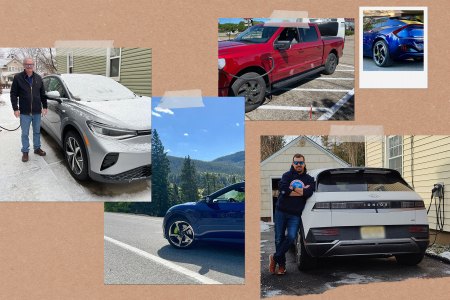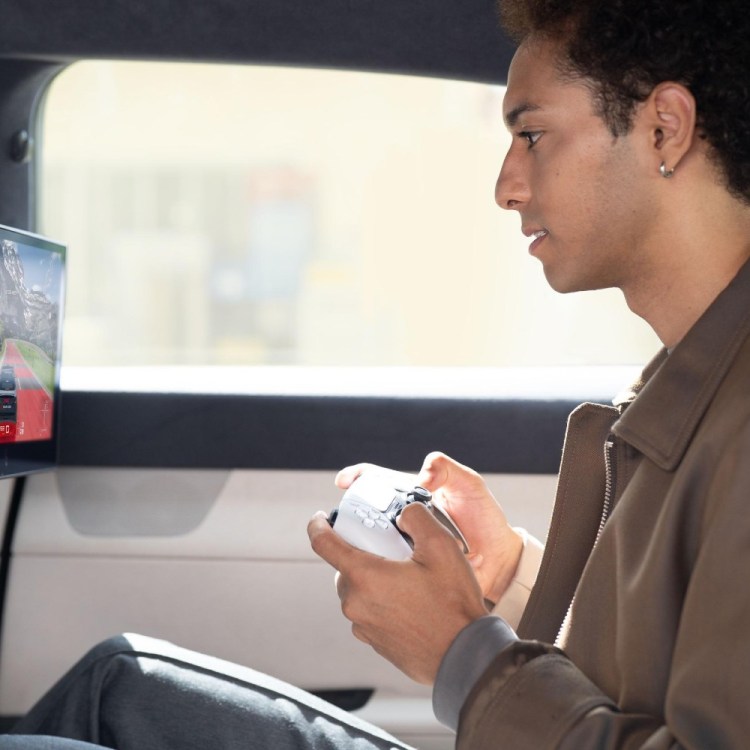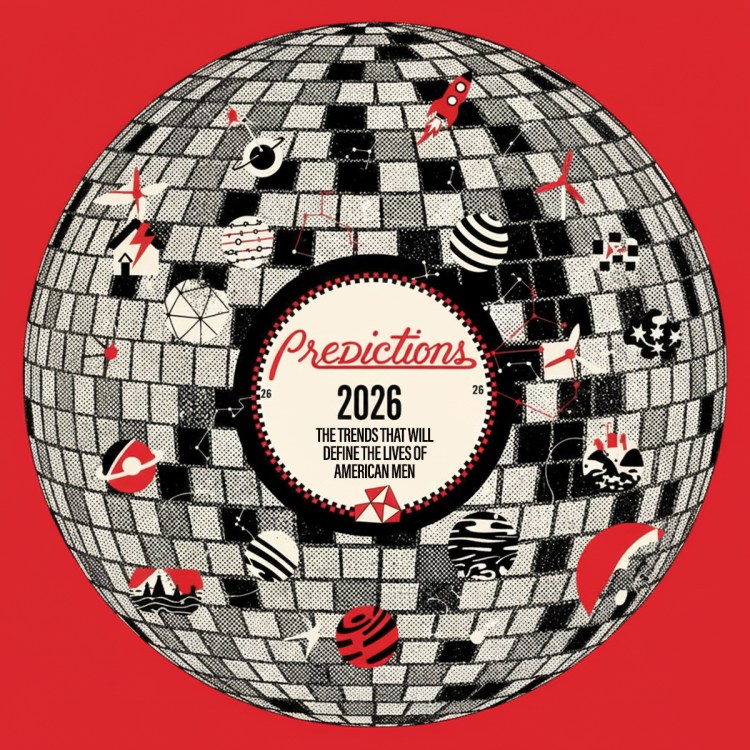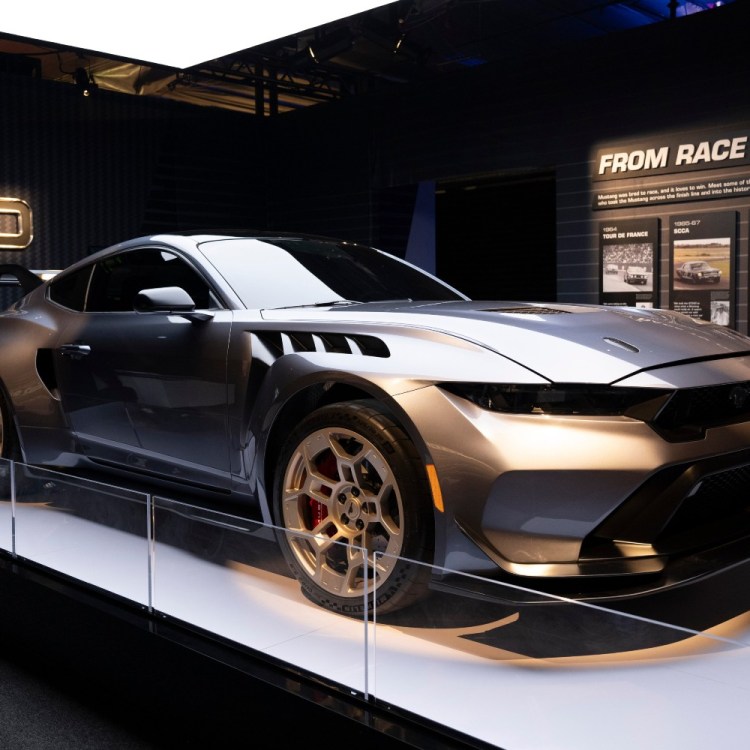Update – March 5, 10:43 p.m.: On Wednesday, President Donald Trump announced an automotive exemption on tariffs for Canada and Mexico for one month. This is merely a delay, so the point still stands: now’s a good time to buy that car assembled in Canada or Mexico, electric or otherwise.
It’s a tough time to be in the electric vehicle business. After years of bipartisan support under President Joe Biden for bolstering EV manufacturing in the U.S., including the batteries that power them, the current administration is attempting to reverse course on electrification (“attempting” being the key word there). While not much has changed yet, President Donald Trump has made it clear he wants to remove vehicle emissions restrictions, stop federal funding for charging stations and slash federal tax credits for EV buyers. And now that new U.S. tariffs are in place on imports from Canada, China and Mexico, EV prices for American buyers could jump as much as $12,000 for some models, per Bloomberg.
Oddly, all of that doom and gloom EV news has one major upside: right now is the best time ever for Americans to buy electric cars.
There are three key factors at play here. First, while 25% tariffs on all imports from Mexico and most imports from Canada, and 20% tariffs on Chinese imports, are in place right now, they don’t affect the vehicles currently sitting on dealer lots. Prices will likely start to climb soon — if tariffs on cars actually stick around — but not until newly imported vehicles replace that stock.
Some of the EVs that will see price hikes under the current tariffs include the Ford Mustang Mach-E, the third best-selling EV in the U.S. which is assembled in Mexico; for General Motors, vehicles like the Chevrolet Blazer EV, Equinox EV and the Cadillac Optiq are also assembled in Mexico; and under the Stellantis umbrella, the Jeep Wagoneer S, the brand’s first fully electric SUV, is also assembled south of the border.
And that’s just a sampling focused on electric vehicles. It’s also a simplification of how the auto industry works. As the New York Times detailed, some vehicles that undergo final assembly in Canada or Mexico are built using mostly U.S.-made parts. But under current tariffs, if final assembly takes place in one of these three countries, it gets slapped with the new import tax.
We Interviewed 6 New EV Buyers. One Year Later, Do They Regret It?
From a chiropractor in Colorado to a retiree in Minnesota, here’s how their opinions changed after a full year of electric drivingBack to the good news (for you, for now): The second factor to consider is that there are lots of discounts out there for EVs. That includes the federal (and some state) tax credits, which are indeed still in place, as removing them would require Congress to act. More significantly, automakers are imposing a wide range of price cuts for a number of reasons: to bolster lackluster sales for certain models, to try and juice sales now before Trump can force his anti-EV agenda through, and even to try and lure in buyers who are angry with Elon Musk and want to dump their Tesla.
Polestar is trying to capitalize on anti-Musk sentiment with its “conquest bonus,” a deal that offers $5,000 off the lease of a Polestar 3 to those who currently own or lease a Tesla. Ford is running a similar $1,000 deal for Tesla owners who want to switch to a Mach-E (a tactic they’ve used before). Over on the Tesla side, Musk’s company is trying to sell through the rest of its Foundation Series Cybertrucks — a more expensive limited-edition model celebrating the release of the electric pickup — by offering free charging at Tesla Superchargers. Then there are the dealers themselves, some of whom are simply lowering EV prices to sell through inventory, as is the case with the Volkswagen ID. Buzz.
So you’re interested in buying an EV in the next few weeks, you’ve got a discount (or two or three) lined up — what’s the third incentive here? It’s simple: U.S. EV infrastructure is the best it’s ever been. In early 2024 I interviewed a handful of Americans from across the country who had recently purchased electric vehicles; and then I checked in with them again a year later, back in January. In 2025, most of them were surprised that they were already seeing public charging improve. That’s admittedly been a pain point for EV ownership so far, but it’s telling that five out of the six people I spoke with said they felt the same or better about their choice to go electric the second time I spoke with them. That optimism was bolstered by the fact that Tesla has been opening up its class-leading Supercharger network to vehicles from other automakers.
Even if Trump does back down on the recent tariffs, or carves out a loophole for the automotive industry (which rightly panicked on Tuesday when they went into effect), the point still stands: there’s never been a better time to give electric driving a go.
This article appeared in an InsideHook newsletter. Sign up for free to get more on travel, wellness, style, drinking, and culture.




















